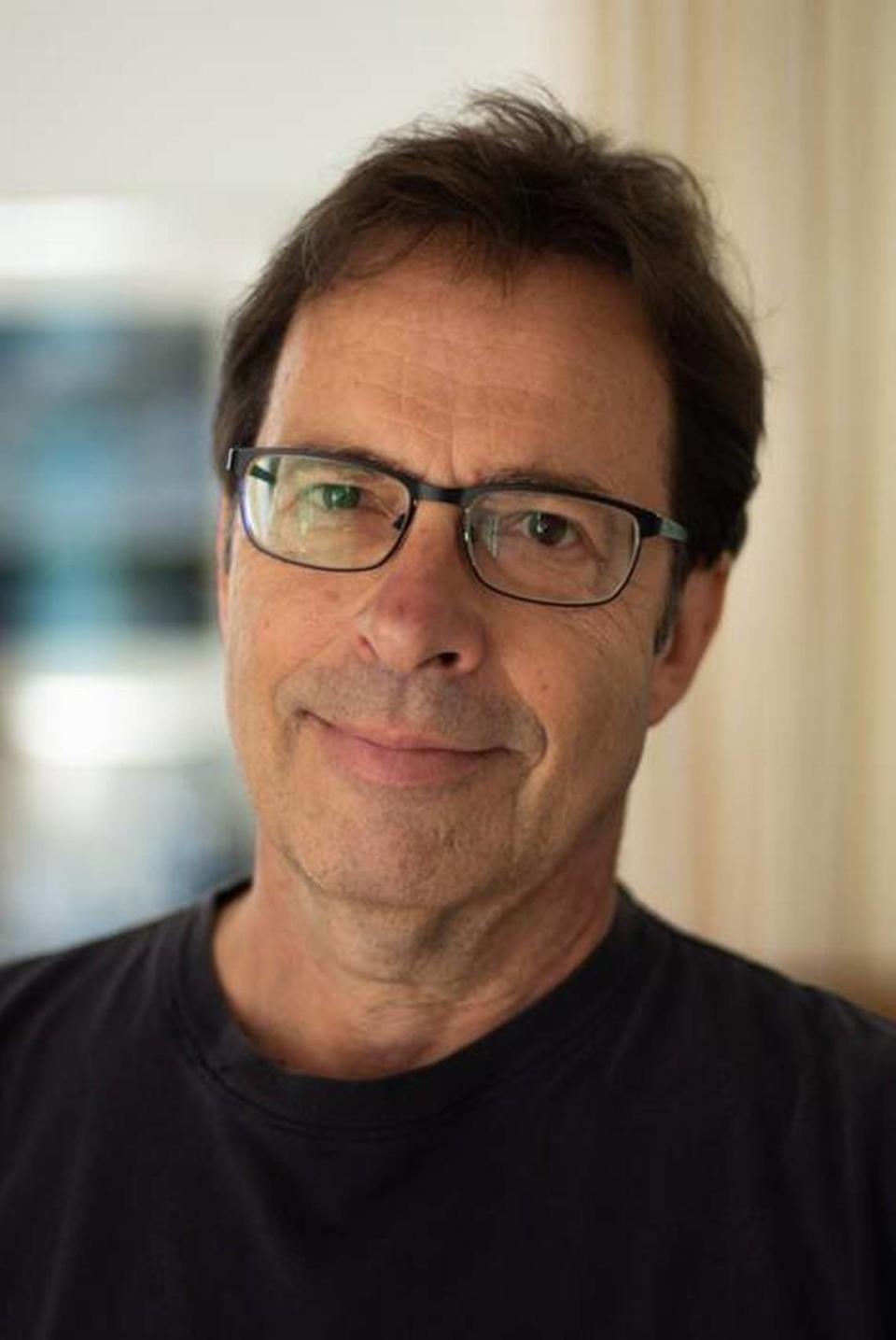People scoffed, but Speaker Moore may be right about NC transit spending | Opinion
Long before we were around, big cities like New York, Chicago and Boston built extensive transit infrastructure. Cars were nascent and roads undeveloped.
With the rise of the automobile came a profound increase in road building. While millions were yearly using mass transit in big cities, guys like Robert Moses, who made New York into a city of mass transit, spent billions bringing multi-lane highways to areas in and around major cities.
These cities are now spending millions to improve train stations, mainly exchange points, to add favorable amenities to attract citizens at all times, whether traveling or not, while the train lines themselves fall into disrepair with low maintenance investment. An example: Washington, D.C.’s Union Station, a fine Beaux Arts bastion of civic architecture. Fully renovated 30 plus years ago, the station has over half of its commercial space vacant. While its passenger load is heavy, it also serves as a safe haven for the homeless.

Newer cities have attempted to take on the challenge, Memphis and Houston, to name a few, to install transit systems.
Years ago, I was the first acting director of Charlotte Trolley, created for the sole purpose of putting refurbished trolleys on the abandoned Norfolk Southern right of way through Charlotte’s center city. We accomplished our mission and it was actively used for a few years before city fathers decided to convert it into a full-scale transit route.
When it first operated, it was a novelty indeed. Many folks used it for fun. When the fun wore off the clientele changed to those seeking sports and entertainment in the center city. But its ideal, its mantra, its decree was to get the working population to abandon their cars and get on the train. Waiting for Godot, if you will. The ridership has never reached its intended goal.
The transit dilemma today is complex and challenging. It requires a bully pulpit approach and threatening gestures. Build it now or we will not have a sustainable future. It is a relatively hollow threat — one that tends to work only in cities with growing tax and population bases where voters have higher priorities than a small sales tax increase.
Do the people who vote in favor of mass transit, actually use it or plan to use it? A study like that would be welcome. It is hard not to agree with N.C. House Speaker Tim Moore, who recently said transportation funding should go to expanding road capacity rather than alternatives such as light rail, buses and bike lanes.
Moore may be right when he suggests that billions of dollars and decades of construction for rail transit will not slow down expansive and uncontrolled growth. Two thoughts to consider:
Zoning laws have allowed us to expand limitlessly into the undeveloped greenfields, with little or no restriction and tepid oversight. Those thousands of people will never in their lifetimes see a train come their way.
The second: Priorities. With its Lynx Gold Line, Charlotte chose to make a grand appeasement gesture to (one has to assume) lower income neighborhoods without vital transit connections. To call it a debacle is an understatement. Lacking in foresight may be more appropriate.
At north of $50 million already spent, the Gold Line travels a mere 4 miles and abruptly terminates in the middle of a heavily used street. A survey of the locals would find that a large percentage of those asked would say it borders on impractical or useless — failing to make the litmus test as a viable alternative mode of transportation.
Imagine, for a moment if that money was spent on improving electric powered buses on 15-minute intervals to support much needed regular trips to and from center city destinations? Money would be better spent and local economic solutions achieved.
Occasionally, I ride both modes of transportation and ask various riders why they chose this type of transit. I get answers like “just going uptown to hang around,” or “didn’t feel like driving,” or “will be drinking, it’s safer.”
If we are waiting for mass transit to solve our mobility problems, we will be waiting a long, long time. We need to make informed solutions, implemented on a much quicker path, and worry less about appeasing the die-hard mass transit advocates. And of course, use the public’s money wisely.
Dave Wagner is an architect who has been practicing in Charlotte for 45 years. He’s a partner at Wagner Murray Architects.

